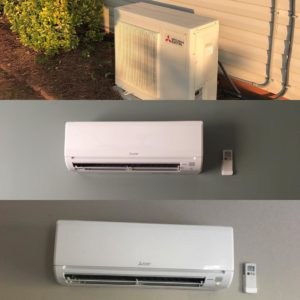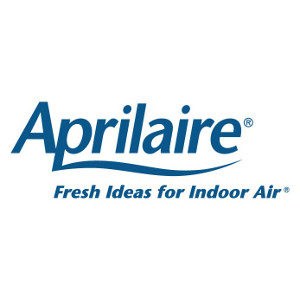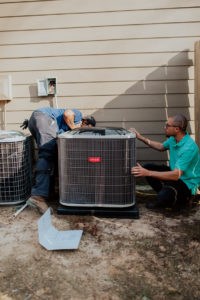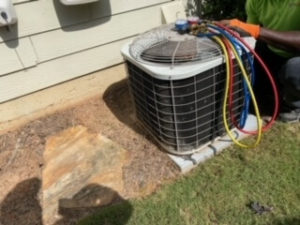HVAC air filters are extremely important, as they directly determine air quality levels. Filter ratings can be confusing to understand, given that there are a few different scales and methods, which all measure the number of particles in the air. We’re here to provide a comprehensive guide on how to understand these ratings and pick the best HVAC air filter for your home.
How to Replace the Air Filter
First, you may be curious as to how to replace your air filter. You want to find the AC location and make sure you take the measurements of the HVAC air filter. Then, place the filter in the unit, paying close attention to which way it goes in. You should follow the arrows located on the filter; you must put it in the right way. Close and secure it, making note of the date.
As a general rule, you want to replace HVAC air filters every 90 days. This does depend on the air filters you use, and some other factors. If you have pets, you may want to change your filters more often, as pet hair circulates in the air. If you have smokers in your home, you may also need to change the HVAC air filters more often to reach a higher air quality.
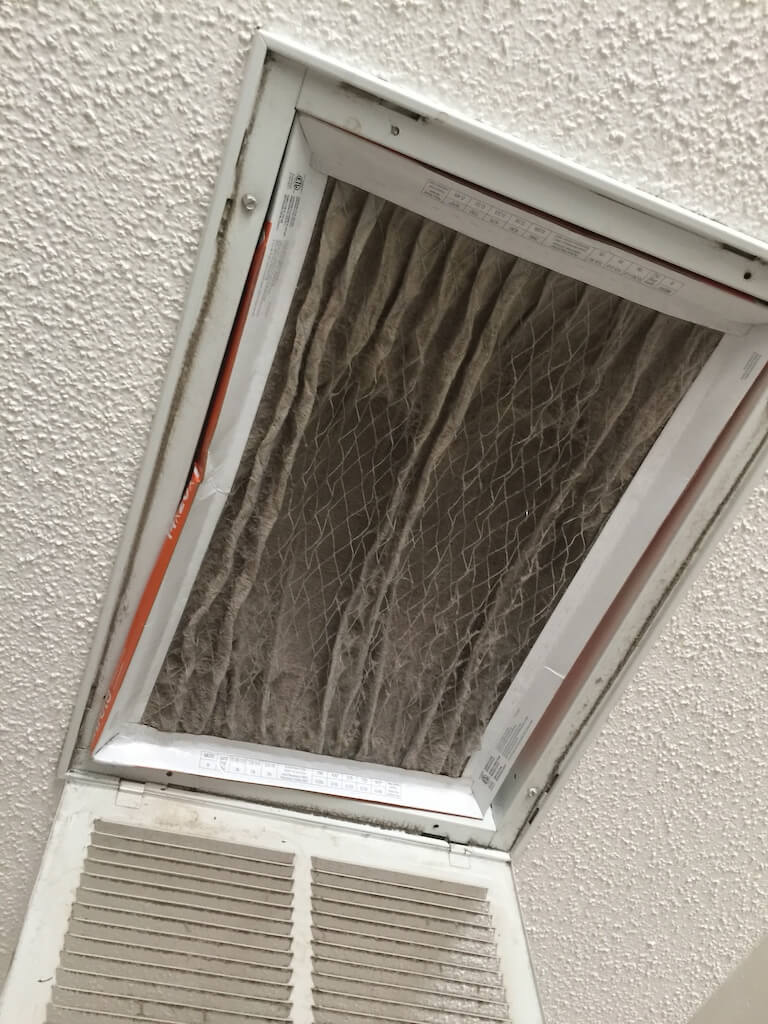
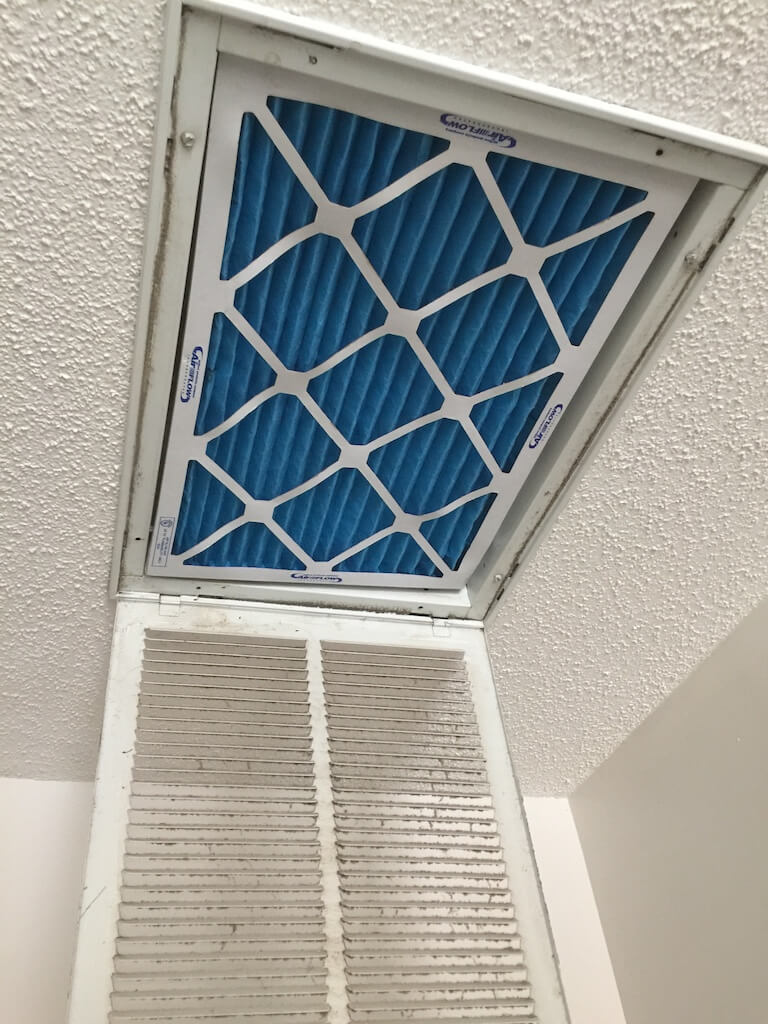
What You Need To Know About Air Filters
Particulate Matter
Particulate matter refers to the particles swimming in the air. Microns measure the amount of particulate matter in the air and are what HVAC filters measure when determining air quality. Choosing your filter rating will depend on both the level of cleanliness you desire and the type of home you are in.
MERV Ratings
The standard rating for the HVAC industry is MERV: Minimum Efficiency Reporting Value. Its scale ranges from 1-20 (1-16 for homeowners). The higher the number, the more efficient the HVAC air filter. The ratings are measuring minimum efficiency, which means they are showing the lowest performance that homeowners can expect from the filter.
Rating Numbers:
- 1-4: Minimal filtration. Captures pollen, dust mites, spray particles, and carpet fibers.
- 5-8: Captures micro bacteria, hair sprays, and cement mixes.
- 9-12: Captures pneumonia, mineral dust, flour, emissions, and fumes.
- 13-16: Maximum filtration. Capturing all bacteria, tobacco smoke, and sneezes.
MPR Ratings
MPR stands for microparticle performance rating. The MPR number represents how efficient the filter is at removing particles between .30 and 1 micron.
- MPR 300: 35% of air pollutants captured
- MPR 600: 65% of air pollutants captured
- MPR 1000: 80% of air pollutants captured
- MPR 1200: 85% of air pollutants captured
- MPR 1500: 90% of air pollutants captured
- MPR 1900: 93% of air pollutants captured
- MPR 2200: 94% of air pollutants captured
- MPR 2800: 97% of air pollutants captured

FPR Ratings
FPR was developed by The Home Depot and stands for filter performance rating. The scale begins at 4 and ends at 10, with the lower end of the scale being “good,” and the higher end of the scale being “premium.” These ratings are for HVAC air filters sold at The Home Depot, so this rating system is not normally used apart from them.
FPR 4 removes these particles:
- Pollen
- Dust
- Pet hair
FPR 7 additionally removes:
- Bacteria
- Microbiological growth
FPR 9 additionally removes:
- Smoke
- Allergens
- Viruses
FPR 10 additionally removes:
- Odors
- Smog
Need Help? Call Top Notch Heating & Air!
HVAC filter ratings are important, so make sure you understand which filter you have, and the percentage of pollutants it captures. However, most homeowners want the highest quality air filter, and this is not always the best idea. Using a filter that’s too strong for your house results in excess energy being spent and resistance in airflow. You should buy an air filter compatible with the house you’re in.
Here at Top Notch Heating & Air, we’re confident we can help you pick out an air filter. Contact us to set up an appointment today. We also conduct Air Filter Installations and are ready to answer any questions you may have. We also perform AC repair, installation, and service to take care of your entire home.







